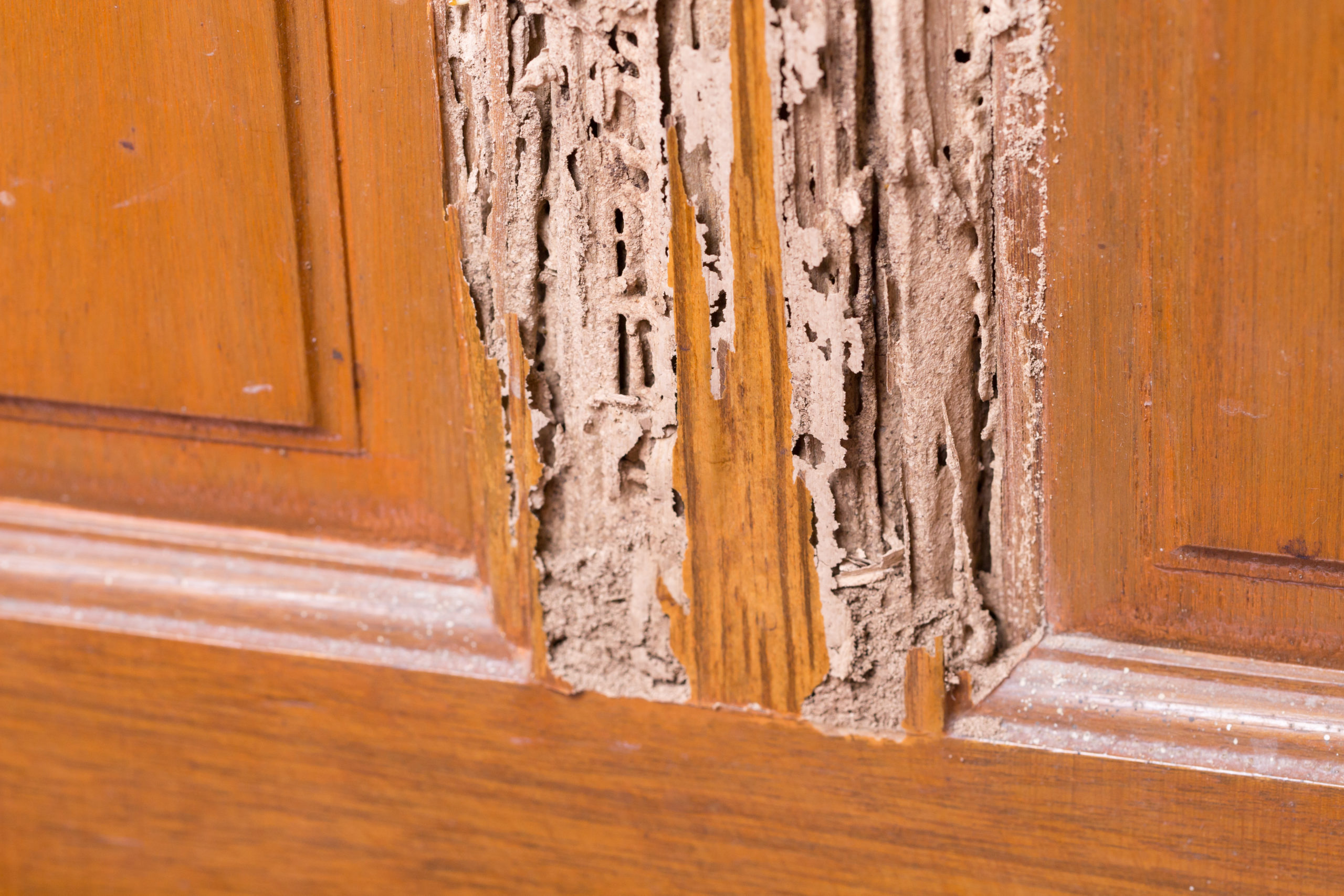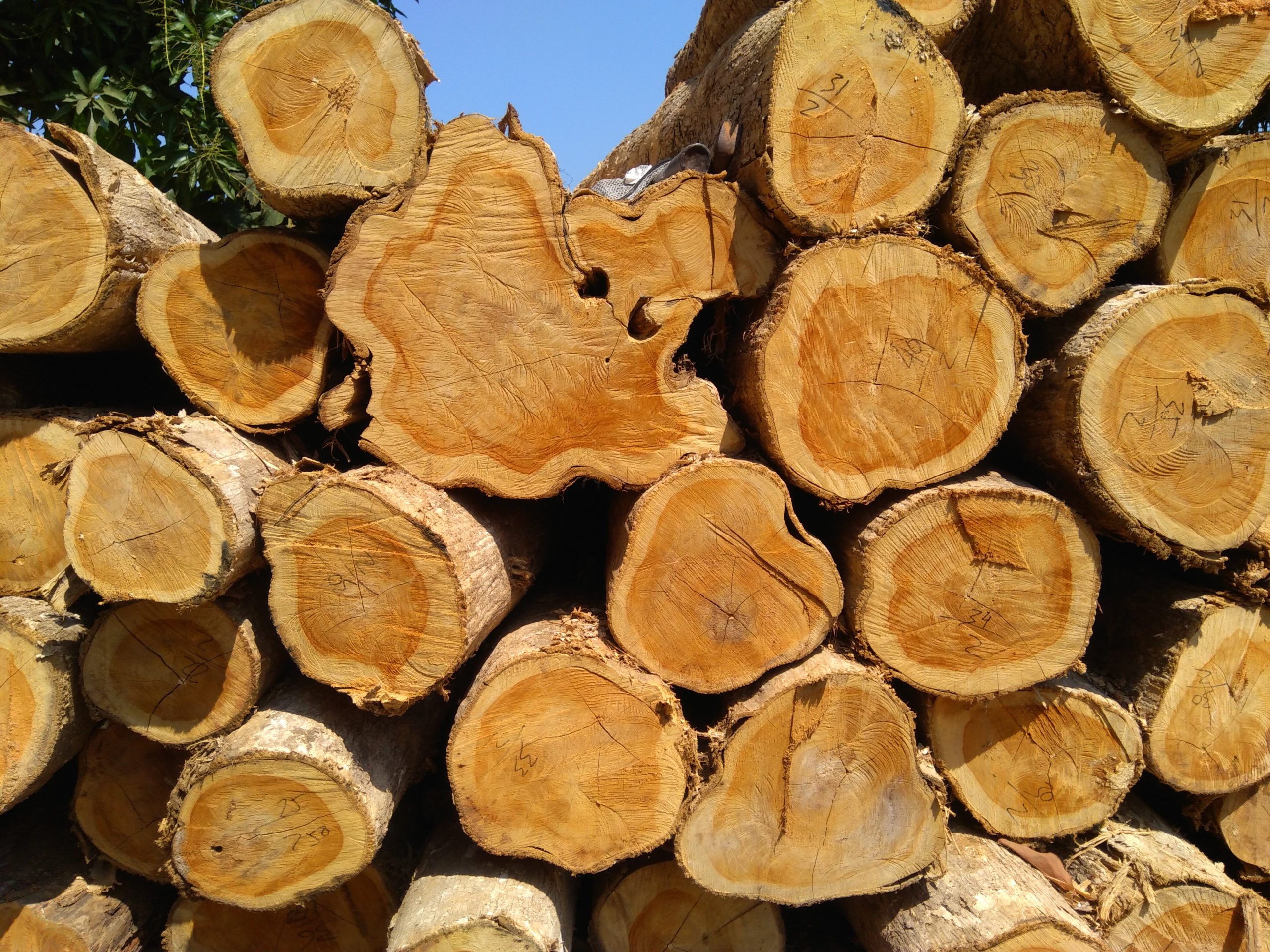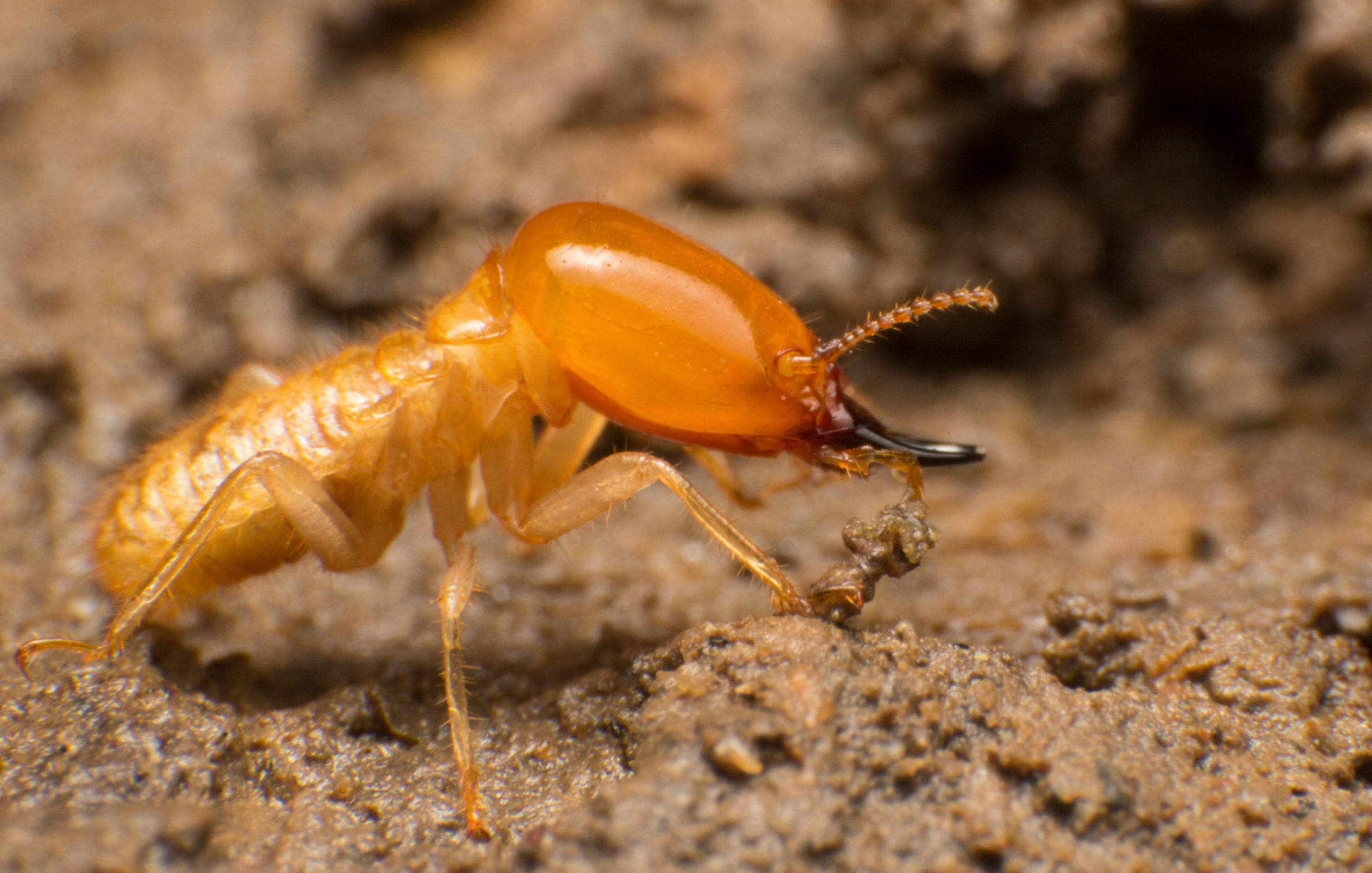Do Termites Prefer Certain Kinds of Wood?
Do Termites Prefer Certain Kinds of Wood?
The Massive Destruction of Termites
Each year, termites cause more than 5 million dollars in property damage in over 600 thousand homes just the United States alone. Termite damage can range from minor cosmetic damage to the home to full structural failure. Depending on the specific species of termite and the size of the colony in question, termites can consume wood at a rate of up to 1 pound in just 24 hours.

Why Do Termites Like Wood?
Wood is abundant in both cellulose and lignin, which are the compounds that termites feed on. This is why termites will target a variety of wood-based items including, but not limited to, homes, sheds, furniture, playground equipment, books, pool liners, and more.

Is There Any Wood Termites Don’t Like?
Some kinds of trees contain specific allelochemicals in their heartwood – the central, dead wood of the tree also referred to as the duramen. According to entomologists Mary Cornelius and Weste Osbrink, researchers in the Agricultural Research Service (ARS) of the U.S. Department of Agriculture (USDA), these chemicals are toxic to most termites which makes it less likely that termites will try consuming these kinds of lumber if given a choice.
In a study conducted by the USDA, Formosan termites were broken into groups and for six weeks the different groups were exclusively given access to one of ten different species of wood. These species included redwood, birch, southern yellow pine, Brazilian jatoba, spruce, red oak, teak, Honduran mahogany, Peruvian walnut, and Alaskan yellow cedar – all of which are known to contain allelochemicals. The study revealed that teak was by far the least palatable for the termites and even resulted in a far lower survival rate than a control group of termites that were given no wood to eat at all (called a starvation control). “Our ranking could be a guideline when it comes to a choice of lumber in major termite-ridden areas,” Cornelius commented on the study, “If the specific compounds in the resistant woods are identified, these chemicals could eventually offer the possibility of a natural treatment for wood to protect against termites.”

Favorite Foods?
When it comes to wood that is non-toxic for termites… they truly aren’t picky eaters and there doesn’t seem to be any particular “favorite” kind of wood for all termites. That being said, most termites are partial to moist/damp wood or wood with the presence of decay and some species of termites can have some slight preferences for their choice of wood (for example drywood termites who prefer their wood to be dry instead of moist).

Termite Control
Due to the serious destruction they can cause… not to mention the subsequent danger in severe situations… professional intervention is highly recommended to treat termite infestations. At Green, our technicians have years of experience fighting termites and are equipped with the right tools and knowledge to successfully tackle any termite problem you may have quickly and effectively. Call us today if you would like more information on our termite control treatments.

Citations
How Fast do Termites Eat Wood – Avoid Structural Damage (no date) Investment Properties Info. Available at: https://www.investmentpropertiesinfo.com/learn/how-fast-do-termites-eat-wood/ (Accessed: September 2021).
How Long Does it Take for Termites to Cause Extensive Damage? (no date) Architecture Art Designs. Available at: https://www.architectureartdesigns.com/long-take-termites-cause-extensive-damage/ (Accessed: September 2021).
How Much Damage Can Termites Create? (2017) Mighty Mite. Available at: https://www.mightymitetermite.com/blog/how-much-damage-can-termites-create/ (Accessed: September 2021).
Kaplan, K. (2015) What “wood” a termite prefer to eat?, The United States Department of Agriculture AgResearch Mag. Available at: https://agresearchmag.ars.usda.gov/2015/nov/termites/ (Accessed: September 21, 2021).
Potter, M. (2018) Termite Control, The University of Kentucky College of Agriculture, Food and Environment. The Department of Entomology at the University of Kentucky. Available at: https://entomology.ca.uky.edu/ef604 (Accessed: September 2021).
Termites (no date) North Carolina State University Department of Entomology. Available at: https://genent.cals.ncsu.edu/bug-bytes/social-insects/termites/ (Accessed: September 21, 2021).
8 Creative Ways to Have a Pest-Free Fourth of July
8 Creative Ways to Have a Pest-Free Fourth of July 8 Creative Ways to Have a Pest-Free Fourth of July Summary: The Fourth [...]
A Simple Guide to Preventing Stinging Pests
A Simple Guide to Preventing Stinging Pests A Simple Guide to Preventing Stinging Pests Summary: Stinging insects are more active in warm weather, [...]
These 10 Natural Mosquito Repellents Can Actually Help
These 10 Natural Mosquito Repellents Can Actually Help These 10 Natural Mosquito Repellents Can Actually Help Summary: Natural mosquito repellents are easier to [...]
How to Get Rid of Carpet Beetles
How to Get Rid of Carpet Beetles How to Get Rid of Carpet Beetles Summary: Carpet beetles are sneaky pests that don’t usually [...]
How Do Roaches Affect Asthma and Allergies?
How Do Roaches Affect Asthma and Allergies? How Do Roaches Affect Asthma and Allergies? Summary: It’s no secret that pests impact human health, [...]
These 5 Carnivorous Pests Might Surprise You!
These 5 Carnivorous Pests Might Surprise You! These 5 Carnivorous Pests Might Surprise You! Summary: There are many eco-friendly ways to prevent pests, [...]

